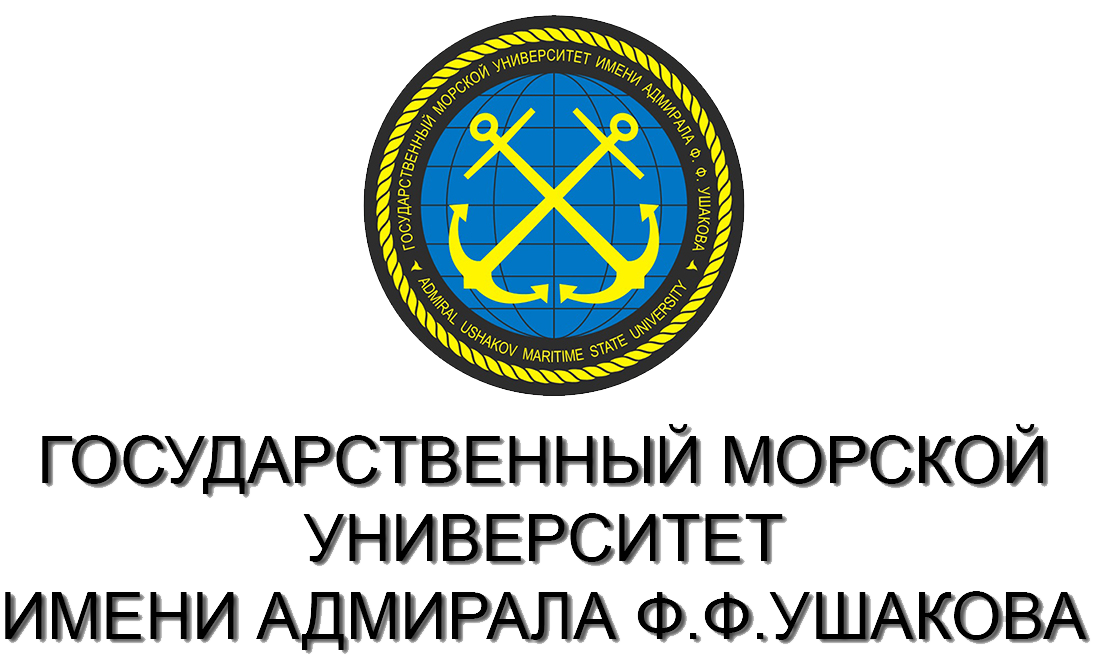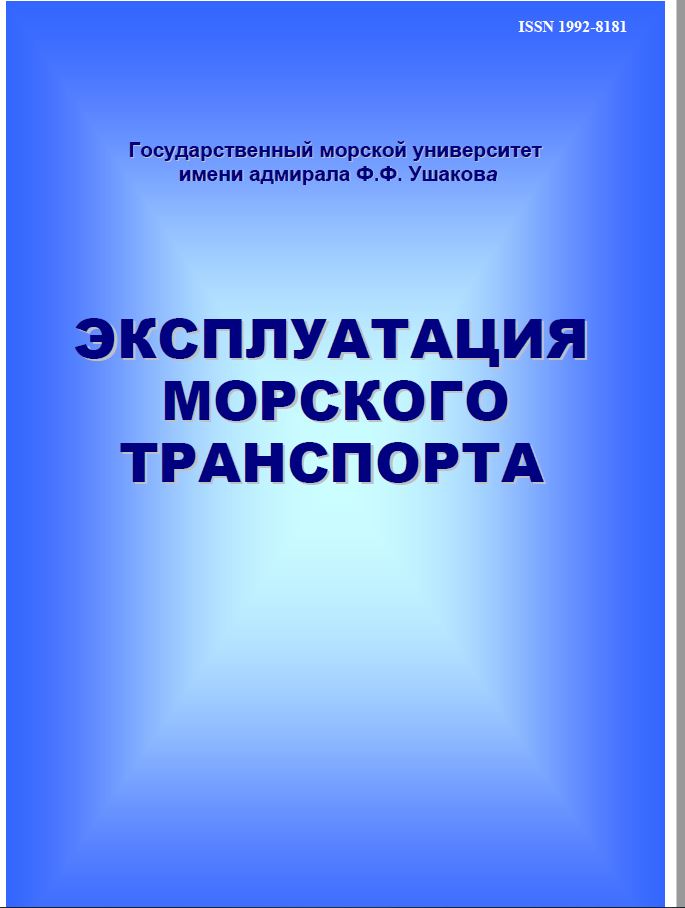UDC 621.43.068.4
Maritime Organization (IMO)" gived different amendments in order to reduce the polluting emissions produced by ships.There is a natural and continuous concern to reduce marine pollution and to implement the requirements stipulated by Annex VI of the International Convention for the Prevention of Pollution of the Marine Environment - MARPOL; The emission of carbon dioxide C02, in the gases resulting from naval propulsion engines, has alarming values, considering that C02 is the main negative factor in producing the greenhouse effect and implicitly global warming. Shipbuilders are aware that ship engines emit harmful exhaust gases and certain chemical compounds that are dangerous to human health and to the environment. One way for reducing pollution is by using unconventional energies captured from the marine environment, outside the ship, like solar or wind, which lead to the saving of a part of the fossil fuels and lubricants consumed on board the ships. Indirectly in this way earth's fossil fuel reserves can also be preserved. In this paper, we have studied a hybrid system formed from non-conventional electricity generating systems (a Flettner Balloon and four large vertical wind turbines) and a conventional one which uses fossil fuel. The non-conventional electricity generating system captures and uses the wind energy. The existence of two systems on board, the reactive, classical and the active, coming from wind energy, gives the possibility that in the event of failure o f one of them, the other can be used. Also, the existence of the two independent electricity generating systems makes it possible to carry out overhauls and repairs without the ship being stationary or adrift during them; The article main points are: the elements of the hybrid energy system, placing the Flettner helium Balloon on a container ship as an alternative power source of energy, placing four large vertical wind turbines on a container ship as an alternative source of energy, energy balance of electricity generating systems, from non-conventional sources, connecting conventional and non-conventional power sources to the ship's main power bar, electrical load of the ship's consumers, conclusions
Flettner Balloon, environment, hybrid system, green energy
1. [1] M.V. VASILESCU, Flettner rotor with helium, Journal of Marine Technology and Environment, No. II, Romania, 2019.
2. [2] M.V. VASILESCU, Flettner rotors, Journal of Marine Technology and Environment, No. II, Romania, 2019.
3. [3] M.V. VASILESCU, M. PANAITESCU, F.V.PANAITESCU, Renewable energy and devices onboard ship, Journal of Marine Technology and Environment, No. I, Romania, 2020.
4. [4] M.V. VASILESCU, C. PANAIT, V.-V. CIUCUR, I. VOICU, Influence of four modern Flettner Rotors, Used as Wind Energy Capturing System, on Container Ship Stability, TERERD (Thermal Equipment, Renewable Energy and Rural Development), 9th International Conference, Romania, 2020.
5. [5] M.V. VASILESCU, D.DINU, Influence of Flettner Balloon, used as wind energy capturing system, on container ship stability, TERERD (Thermal Equipment, Renewable Energy and Rural Development), 9th International Conference, Romania, 2020.
6. [6] M.V. VASILESCU, M. PANAITESCU, F.V.PANAITESCU, D. DINU, C. PANAIT, Efficiency of using a hybrid marine propulsion system vs. conventional system, ATOM (Advanced Topics in Optoelectronics, Microelectronics and Nanotechnologies),10th edition, Romania, 2020.
7. [7] M.V. VASILESCU, M. PANAITESCU, F.V.PANAITESCU, D. DINU, C. PANAIT, Choose the best electricity sources for a container ship, by using a hybrid optimization model for electric renewable, ATOM (Advanced Topics in Optoelectronics, Microelectronics and Nanotechnologies),10th edition, Romania, 2020.
8. [8] M.V. VASILESCU, D. DINU, Wind energy capturing devices with possible implementation on container ships, Journal of Marine Technology and Environment, Vol II, Romania, 2020.
9. [9] M. PANAITESCU, F.V.PANAITESCU, M.V. VASILESCU, R.-A. DAINEANU, Energy balance for a hybrid naval propulsion system, Journal of Shipping and Trade, No. 15, Romania, 2022.











